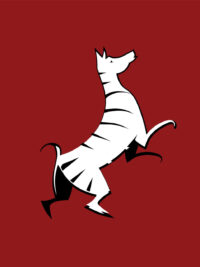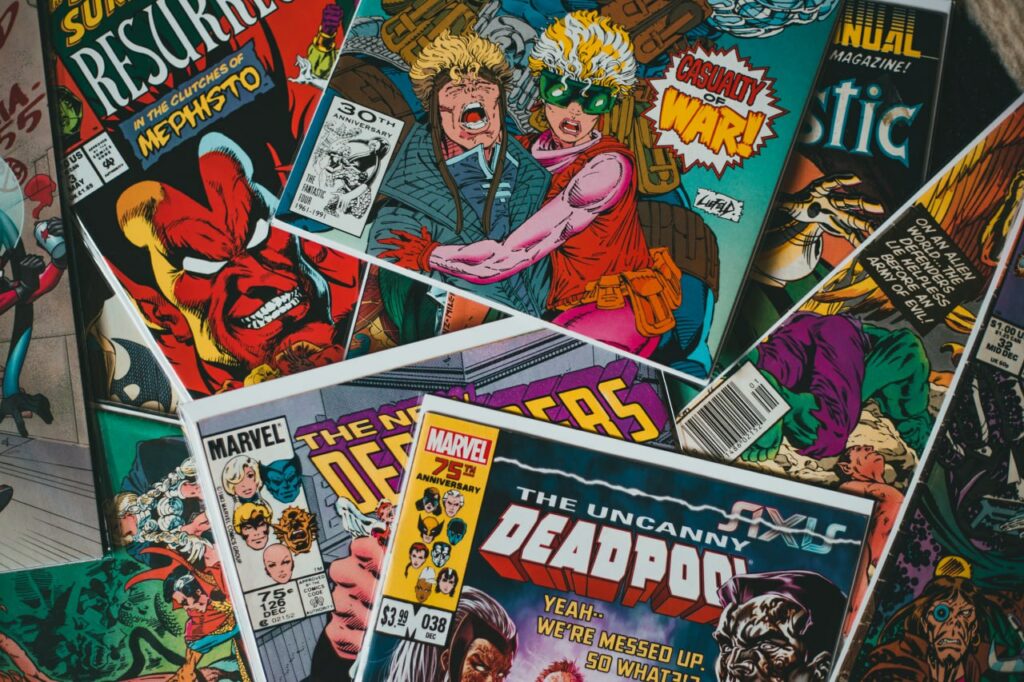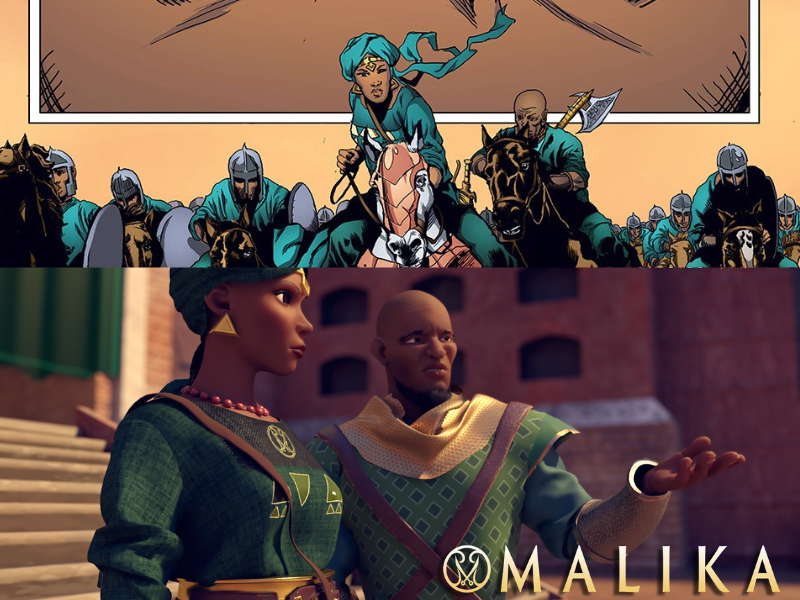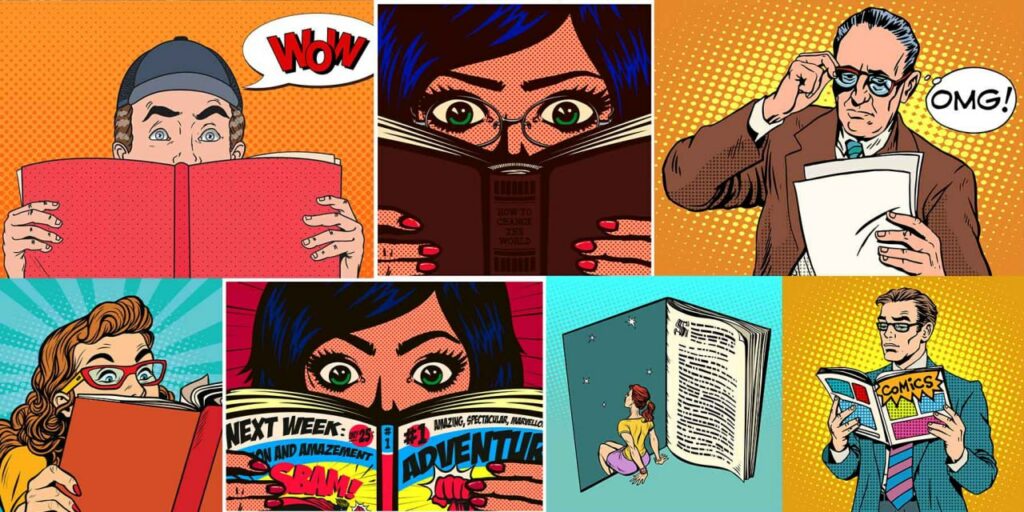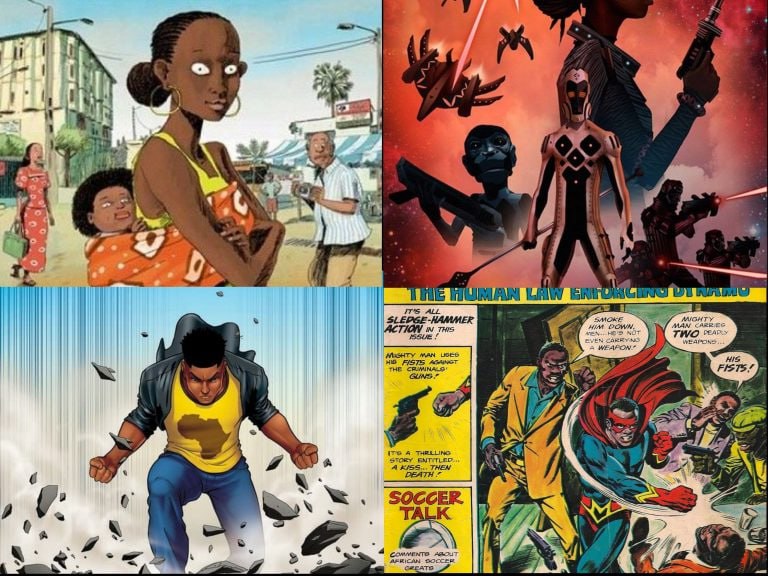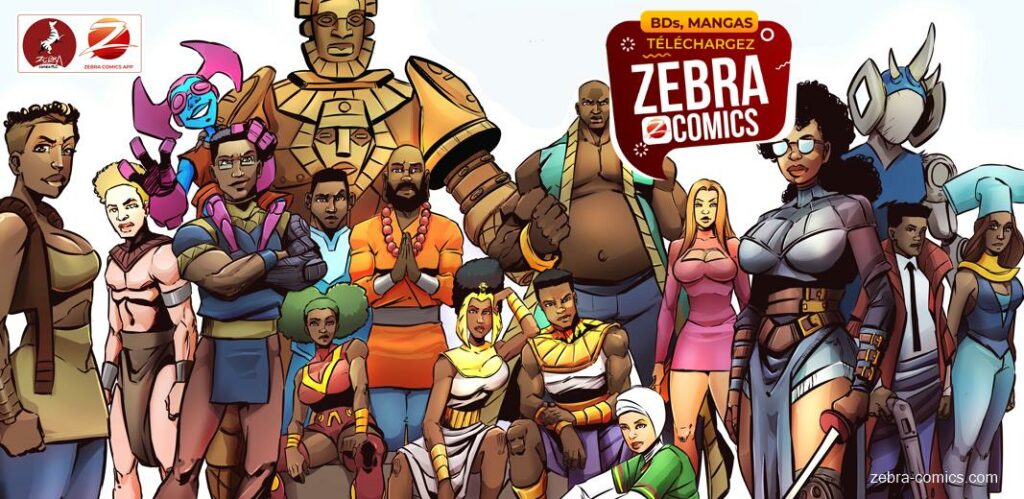The Fate of Print Comics in the Face of the Digital Boom
Comics are a form of sequential art that combine images and text to tell stories. They have a long and rich history that spans different cultures, genres, and media. In this article, we will explore the origins and evolution of comics as an entertainment medium, the rise and impact of digital or webcomics, and the […]
The Fate of Print Comics in the Face of the Digital Boom Read More »
